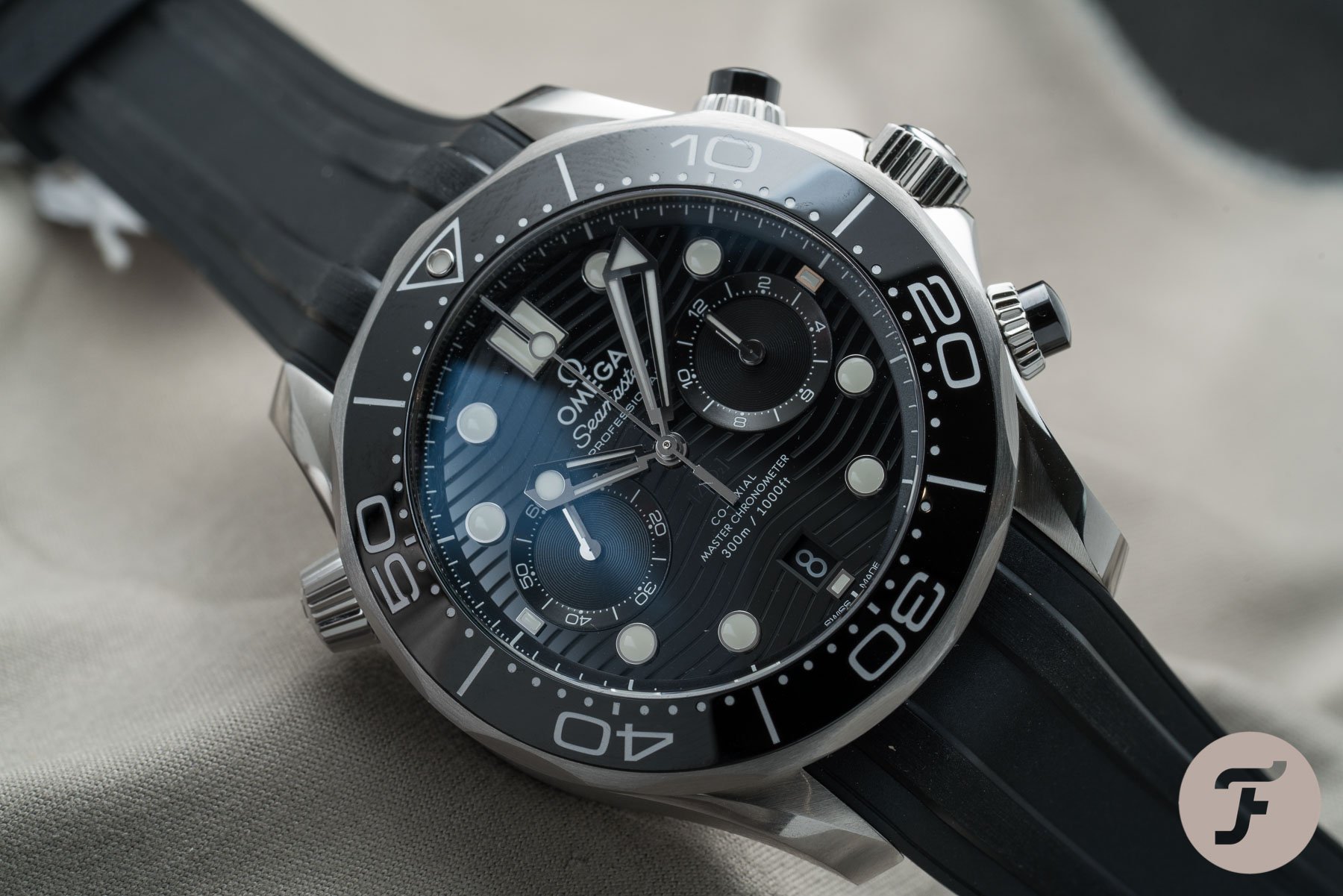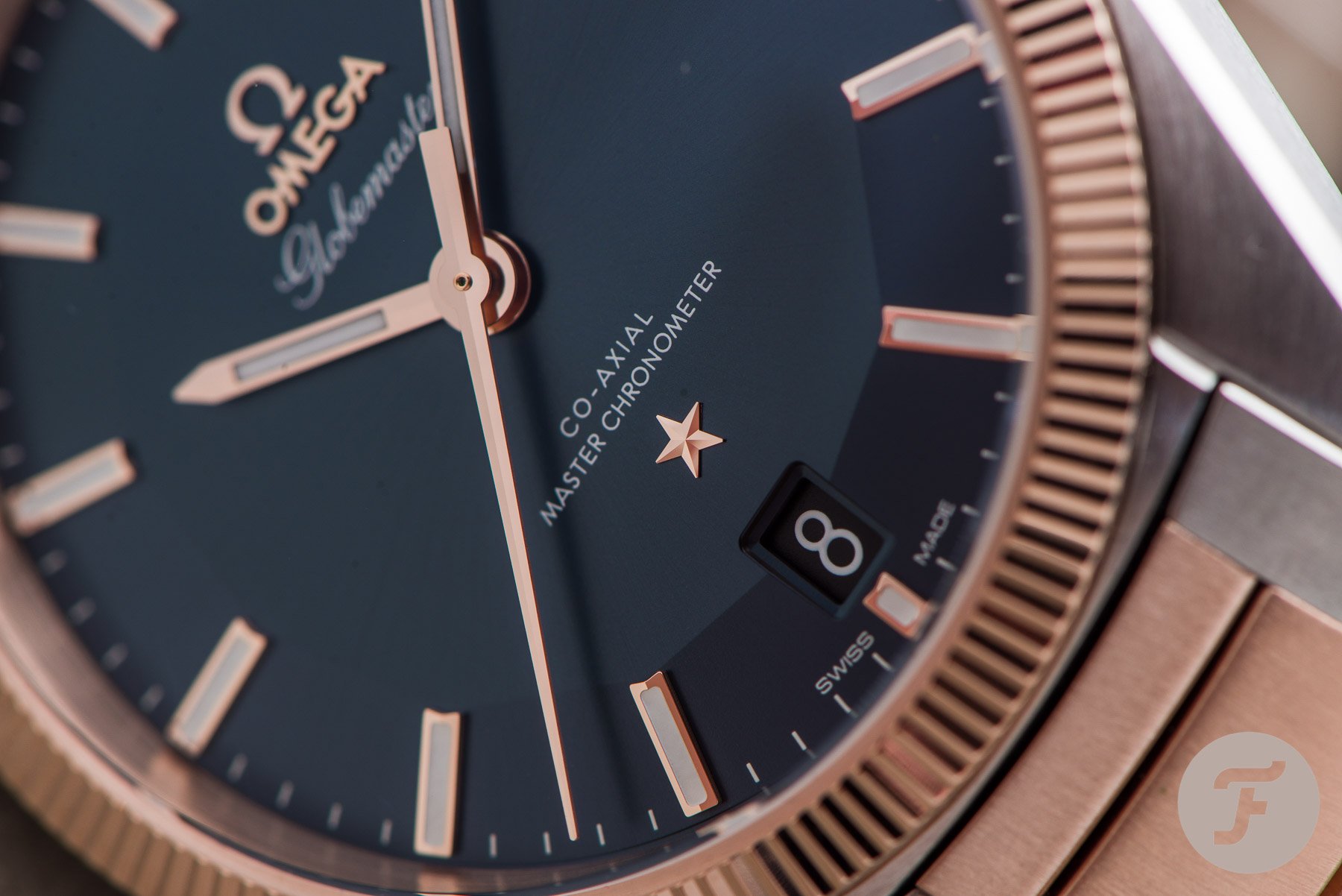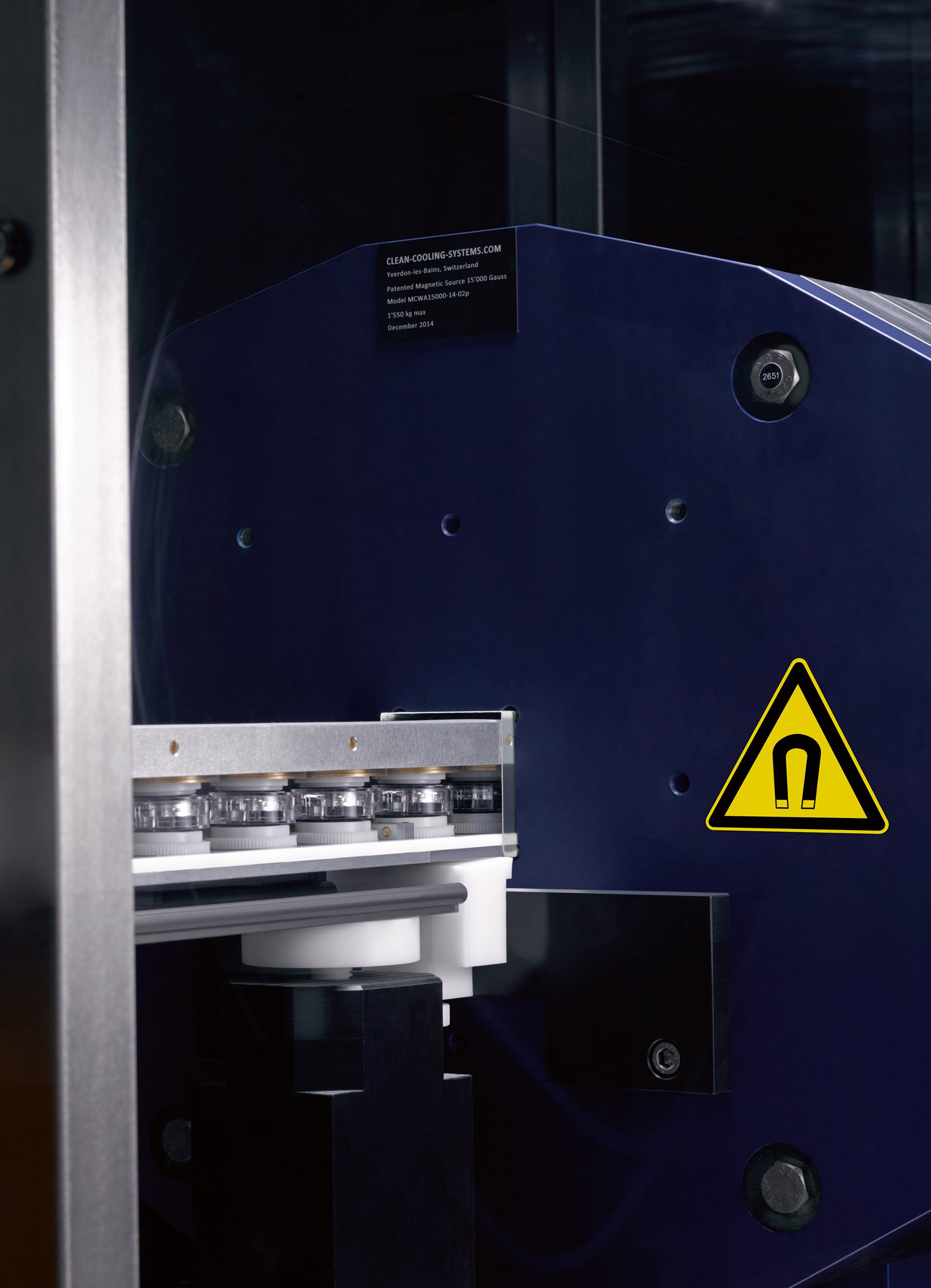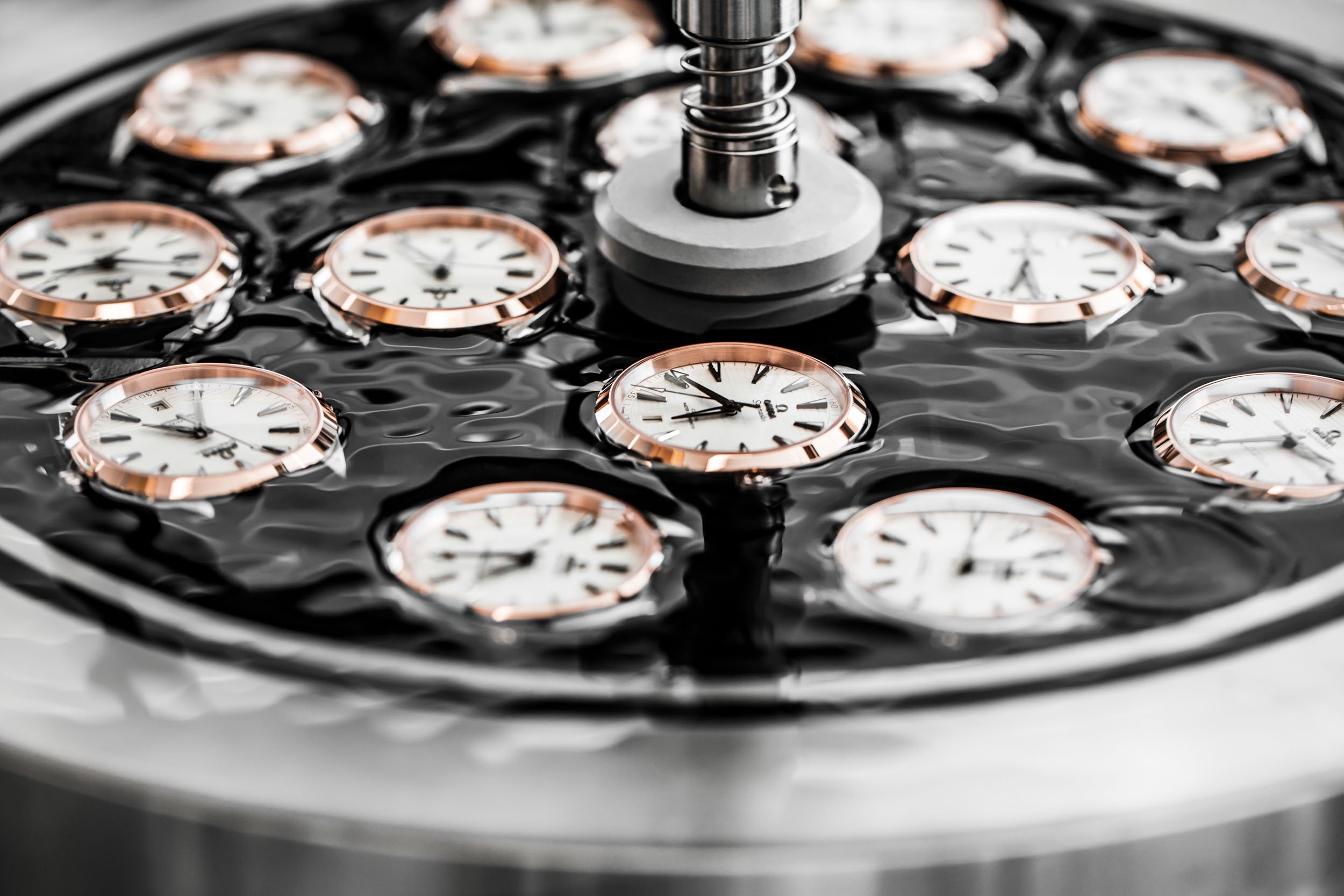Podcast — Talking With Omega’s Andreas Hobmeier (Vice President Of Production And Procurement)
In this podcast, I talk with OMEGA’s Mr. Andreas Hobmeier, Vice President of Production and Procurement, about Master Chronometer and the role of METAS. We speak about all the facets of Master Chronometer, and why precision and anti-magnetism is such an important topic.
I recently had a wonderful conversation with Mr. Ansdreas Hobmeier, to which you can listen below, or use one of the many platforms out there. Our Fratello on Air podcast is available via Buzzsprout, Soundcloud, Apple Podcast, Google Podcast, Deezer, Stitcher, and Spotify. Below, you can also find an overview of what Master Chronometer is about, and the role METAS plays.
Podcast with Andreas Hobmeier
Andreas Hobmeier’s Seamaster 300M Chronograph
On the wrist of Mr. Andreas Hobmeier is the Omega Seamaster Diver 300M Chronograph — certainly a fine choice! He has been wearing it for nine months in a row. We show the reference with a black dial here, but Mr. Andreas Hobmeier is actually wearing the blue version of this model. Inside is caliber 9900, the chronograph with Master Chronometer certified movement.
Master Chronometer & METAS
During the podcast, we talk about the Master Chronometer and the role of METAS (Swiss Federal Institute of Metrology). For an Omega watch to become Master Chronometer, it must pass a series of tests. These tests are performed by Omega but monitored and checked by METAS. This also applies to the process of testing. The process is also strictly monitored by METAS.
Inside the Omega manufacture in Biel, METAS has its own office to perform its test and monitoring activities. If a watch passes all eight tests, it will be certified “Master Chronometer” by METAS. The first watch to receive this certification was the Omega Globemaster (2015). Since then, Omega has increased the number of movements (and models) that are Master Chronometer certified.
Precision
To become a Master Chronometer, each watch and its movement must undergo eight tests set by the Swiss Federal Institute of Metrology (METAS) with precision criteria of 0/+5 seconds per day. I asked Mr. Andreas Hobmeier about that range, as we noticed that the COSC uses the -4 / +6 seconds per day, Rolex a -2 / +2 seconds per day, and Grand Seiko -3 / +5 seconds a day. In short (but more can be heard in the podcast), it is simply because you don’t want to have a slow running watch.
Anti-magnetic
Everyday items such as mobile phones, metal clasps on handbags, laptops, MRI, induction hobs or automatic doors create magnetic fields that can permanently affect the performance of a watch. To prevent the risk of deviations of up to several minutes a day, OMEGA has conceived movements with antimagnetic materials, such as the silicon balance spring, capable of withstanding the highest fields. Thanks to these non-ferrous components, there is no need for an inner cage, which is often used in anti-magnetic watchmaking. This means that OMEGA can achieve exceptional quality, while also showing the beauty of its movements through sapphire crystal casebacks.
Durability
OMEGA watches are engineered to the highest standards and certified as such. Each watch destined to become a Master Chronometer must first pass 8 stringent tests. These examinations concern precision, magnetic-resistance, power reserve, varying temperatures and positions, and water-resistance – all to simulate the real-life conditions that a watch faces on the wrist. By passing each test, OMEGA can offer certified watches with a comprehensive 5-year warranty.
Shock-resistance
A selection of test watches is submitted for shock-resistance examination. During these tests, the equivalent to 5,000 g (1 g is equal to the force of gravity at the Earth’s surface). Passing this test ensures OMEGA’s movements are also extraordinarily robust. Not only for everyday use, but also for active sports such as golf (more about watches and golf here) and sailing.
Water-resistance
Additionally, to become a certified Master Chronometer, all watches must be depth tested. Testers submerge the watches in water and apply pressure up to the point of the guaranteed water resistance. By submerging each watch in water OMEGA has chosen to exceed normal testing standards. We hope you enjoyed our podcast recording with Mr. Andreas Hobmeier! If you have any further questions, please feel free to ask them in the comments section below.







